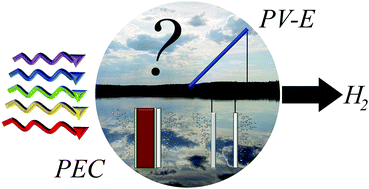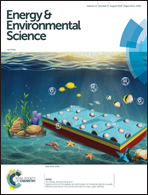Photoelectrochemical water splitting: an idea heading towards obsolescence?
Abstract
The production of hydrogen from water and sunlight is a way to address the intermittency in renewable energy production, while simultaneously generating a versatile fuel and a valuable chemical feedstock. Photoelectrochemical water splitting is one possible approach to accomplish this that has been researched since the early seventies. It has for a long time held the promise of having the potential to become the best, cheapest, and most efficient way to convert solar energy into chemical energy in the form of hydrogen, but in this paper, I argue that the time window where this could have happened has now come to an end. With the rapid development of both PV-technology and earth-abundant electrocatalysis, it will be tremendously difficult, even in the best-case scenario, for a classical photoelectrochemical water splitting device to compete with what PV-driven electrolysers can already do today. This is an insight that should influence the future of solar fuel research.

- This article is part of the themed collection: 2018 Energy and Environmental Science HOT Articles


 Please wait while we load your content...
Please wait while we load your content...